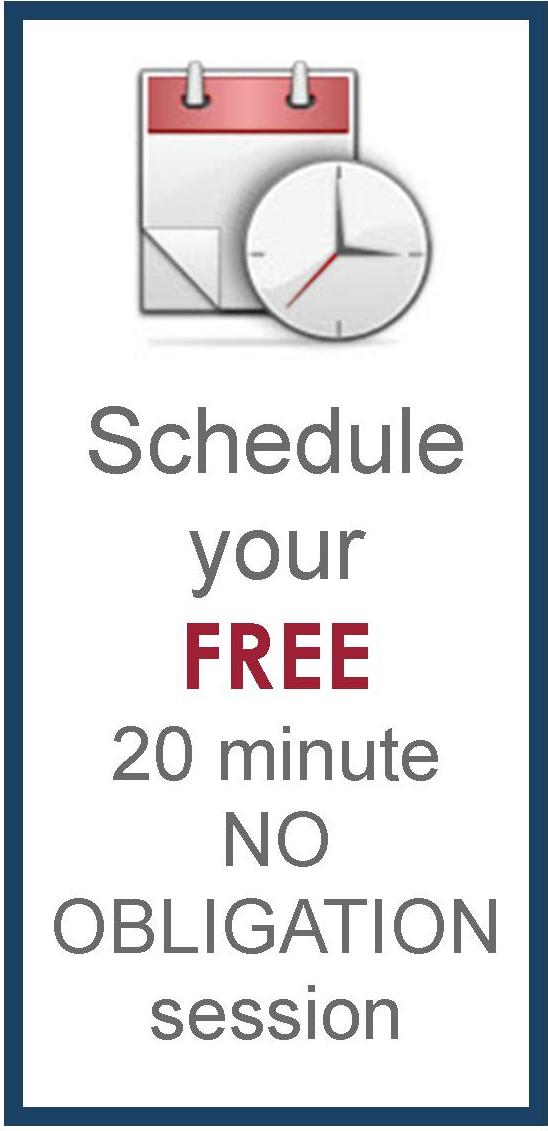9 tips for juggling multiple projects

The key is not to prioritize what’s on your schedule but to schedule your priorities.
~ Stephen Covey, American educator, and author
Here we are in November, and most of us are preparing for a Thanksgiving gathering. Which feels stressful given all of our other obligations at work and home. Not that we aren’t grateful–I know I am. Yet sometimes it seems there are just so many projects, too little time, and too much to get done on even one of them to enjoy the theoretical time off. So many academics (and students) look at the break time as “Whew, I’ll finally be able to finish up Project X and get on to Project Y.” It rarely works that way.
Sadly, Thanksgiving begins to feel like just one more project, extra weight added on to all the other hefty responsibilities. Even if we are not responsible for all the preparation of the meal, we often have to contribute something and/or travel to the event. All of which takes time away from other projects and end up stressing us out.
Along with your projects, there are many other things that need to happen in your life from time with your family from doctor’s appointments to exercise and fun. We are all juggling multiple roles in our family, work, and school. (See my previous blog on this: Tips for juggling multiple roles in family, work, and school.
So, what to do to handle multiple projects, especially if they include writing?
Here are some of my thoughts:
- Start by saying “no” to whatever you can say no to doing. It’s sort of like tossing anything you don’t need into the recycling bin, so it doesn’t clutter up your space and take up space in your brain.
- Organize your project by the due date, and then work backward to when you need to start it to meet the deadline. This is really useful to keep writing projects on your radar. Writing tends to get dropped to the bottom of the project list when other daily pressures arise, and then simply does not get done.
- If you like visuals, try a very simple Gantt chart to show where projects are overlapping. Don’t get too complicated: Planning becomes a problem when you spend more time planning than doing. For instance, if you have three classes to prepare and grade with 2 exams plus 1 paper for each, it helps to see where there will be overlaps.
Since you get to determine your schedule, think about how you can stagger the requirements so you do not have three sets of exams all needed to be graded at the same time. Some clients post this as a visual reminder for themselves.

- Make your best guess as to how long each project will take you, then add 20% more time as a fudge factor. This is known as the Pareto principle, and the ratio 80:20 holds for all kinds of things, whether it’s the amount of time needed or the number of people in an organization that actually do the work. In volunteer organizations, 20% do 80% of the work.
- Now go to your calendar and block out times you will be able to work on your various projects. This may be where you create a daily schedule to break big projects into smaller more manageable pieces. So, in a given week, you might have “teach class 9:00-10:00 AM M-W-F; office hours 11:00 AM-12:00 PM (noon) M-W-F, write 8-11:00 AM T-Th, attend faculty or committee meeting 4:00 PM Th.”
Class preparation and grading have to fit in there somewhere, too, and for many teachers, that is less intensive than writing, so handling that after a class when ideas are fresh can ease up the worrying about it. In the example above, class prep time might be after lunch on Monday and Wednesdays.
- Only schedule one creative/intellectually demanding session per day, and never for more than 4 hours at a time. This is because your brain is a three-pound muscle consuming 30% of all the glucose produced by your body. That makes the brain a high-octane organ.
You may think you can do more than that, but I’m warning you it’s not a good idea. You will likely find that pushing yourself to do ever more intellectual work will actually reduce your productivity…not to mention your written work may not even make sense when you read it over later.
- Build-in breaks. I believe in striving for a technology sabbatical one day a week. I know, I know. It can’t always be accomplished, especially when several deadlines are looming at the same time. But there is excellent evidence that too much screen time rewires your brain for more dopamine rewards, resulting in wanting more dopamine rewards, and so on. It’s addictive. Do yourself a favor and break the cycle.
If you cannot completely let go of technology, make a decision like “I will not answer email for 24 hours” and stick to it. I know stepping away from technology can be hard, but it’s a great aspiration to work toward.
- Speaking of breaks, do not schedule activities back to back, either. I used to schedule things so tightly that I frequently ended up being late to the next activity, whether it was a meeting or a doctor’s appointment. I would arrive emotionally frazzled and physically a mess with wild hair and eyes. Not the professional image I wanted to “project.”
I have found that even with professionals operating appointment to appointment, building in enough time to get up, use the restroom, get a cup of tea, or even just breathing fully three times between sessions can make a huge difference in outlook and productivity. Give yourself the gift of more deep breathing.
With breaks between activities, You may find that when you finally sit down to work on that article or that book, you are less exhausted, think more clearly and can move along, piece by piece, on those big projects.
- Finally, even when someone else proposes a project that you think could be really fun, interesting, or make a huge contribution to your field, consider all the angles before jumping into it. Time is a finite resource. Even if you say “no” right now, it does not have to mean forever. Maybe once you finish that article, you would actually have the time to collect or review data with a collaborator for a new project.
To sum up, make your project schedule work for you even within the constraints of outside deadlines such as semester-length, article or grant due dates, or conference travel time. Just having a handle on what is happening and when will help you feel less stressed and get more done on time. Then you can “breathe into” whatever projects you have.
Tags: be prepared, get organized, Getting Organized, goal setting, planning, productivity







Since we were just talking about this issue, I was really happy to get your tips. If it’s okay with you, I’m going to share them with my committee co-chair.
I’d love for you to share it! Thank you.
Thanks! We’re trying to put together our workshop and I think it would be a good thing to give people a project “template”. I’ll talk to her about using this. We will of course give you credit; I don’t know that it will lead to any leads, though.